Viral nucleic acid isolation from water samples COVID-19
Summary
Many researchers are now starting to use wastewater testing to monitor COVID-19 infection rates. Routine wastewater surveillance might be an efficient, non-invasive tool to detect new COVID-19 infections.
Wastewater samples are a major challenge for laboratories. Together with our R&D Team we worked on kit recommendations and workflows to optimize the labwork. Find below our suggestions for sample concentration and nucleic acid purification.
Challenges
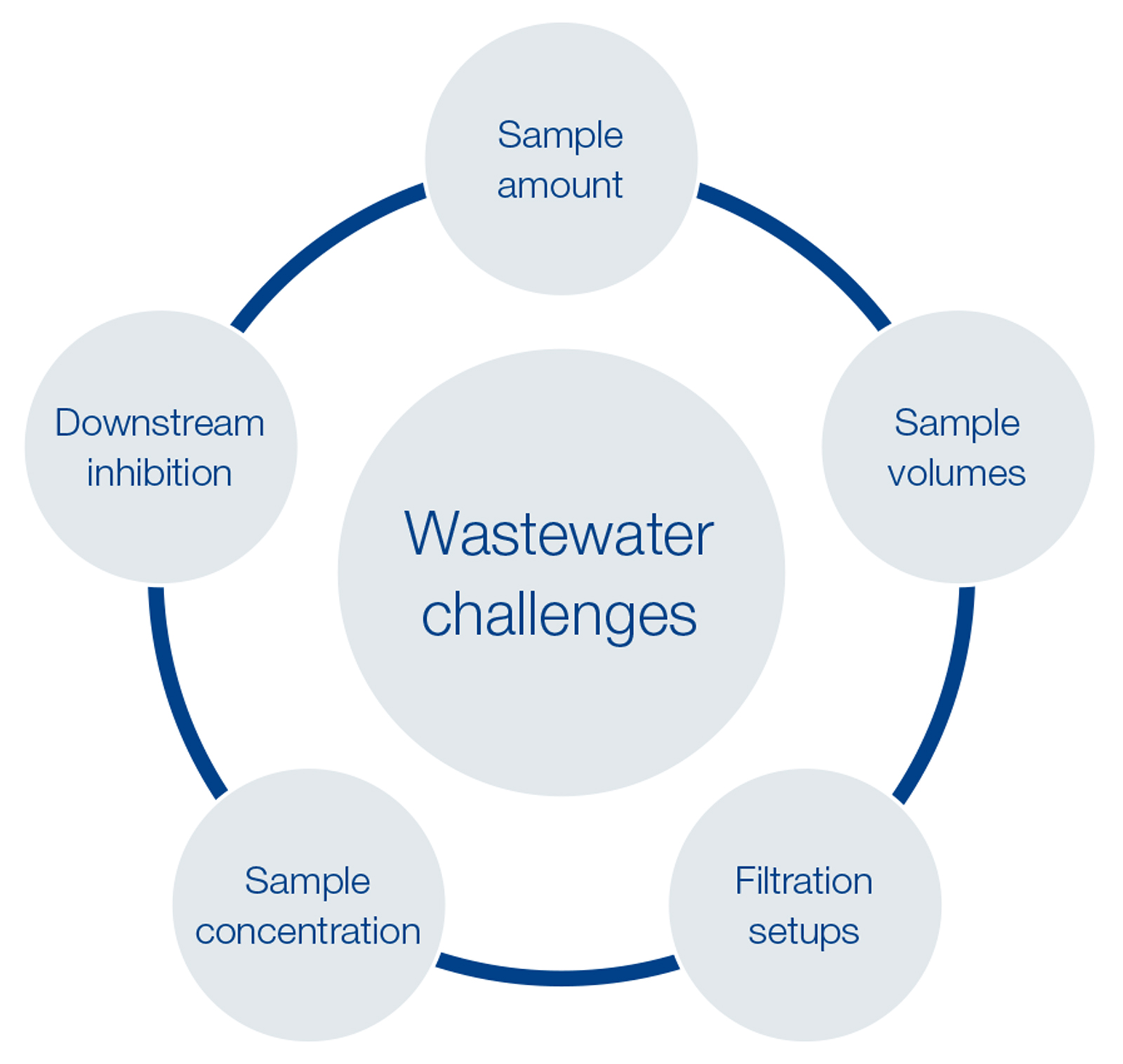
Methods for sample concentration:
For efficient isolation of nucleic acids from water samples it is essential to concentrate viral particles prior to nucleic acid purification. Several methods can be used for sample concentration:
| Ultrafiltration (e.g. Centicon filter units) | Precipiration | Filtration and concentration of viral particles using electronegative membranes |
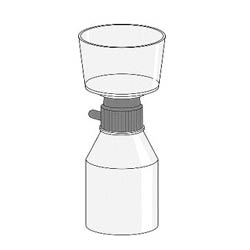 |
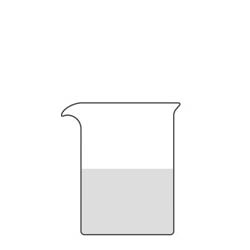 |
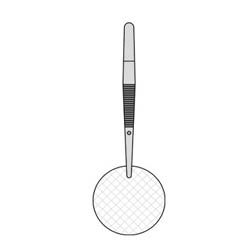 |
Please click here to find the MN recommendations for sample concentration prior to nucleic acid purification
Nucleic acid purification from concentrated water samples:
We recommend to either use NucleoMag DNA/RNA Water or NucleoSpin RNA Stool for nucleic acid purification from concentrated water samples for the following reasons:
- Superior PCR inhibitor removal characteristics
- RNA as well as DNA can be extracted
- Can be used for all common downstream application including NGS
- Can handle liquid and solid sample input
We are pleased to see that researchers use our NucleoMag DNA/RNA Water kit for COVID-19 wastewater monitoring. To support them, our R&D developed protocol recommendations for nucleic acid purification from wastewater.
Advantages using the NucleoMag DNA/RNA Water kit for wastewater processing
- Can be used for nucleic acid purification independent of the sampling method
- Can be used for sample processing in a HTP manner on common liquid handling platforms
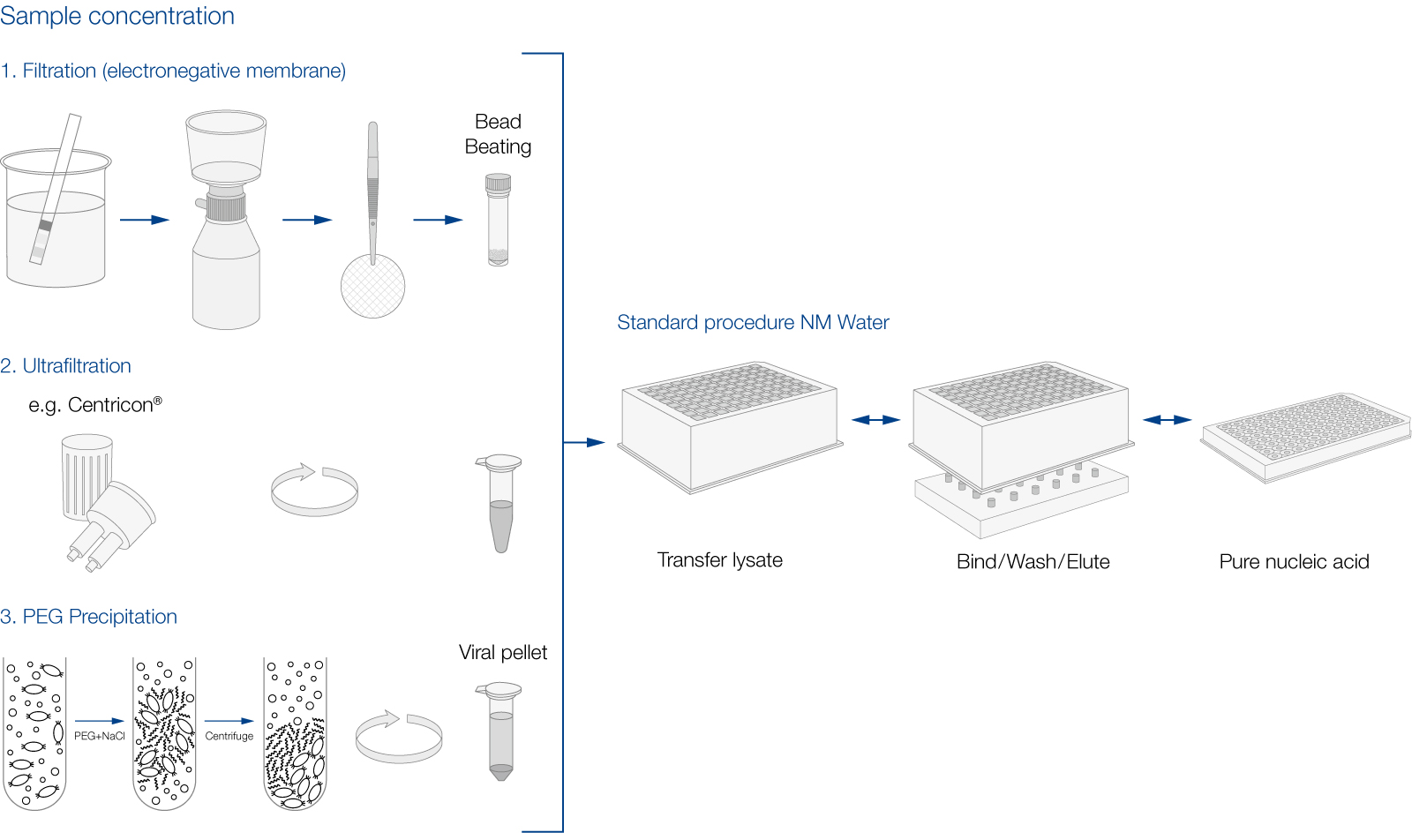
Advantages using the NucleoSpin RNA Stool kit for wastewater processing
- A single spin kit for small scale purposes
- It has an advanced inhibitory removal technology
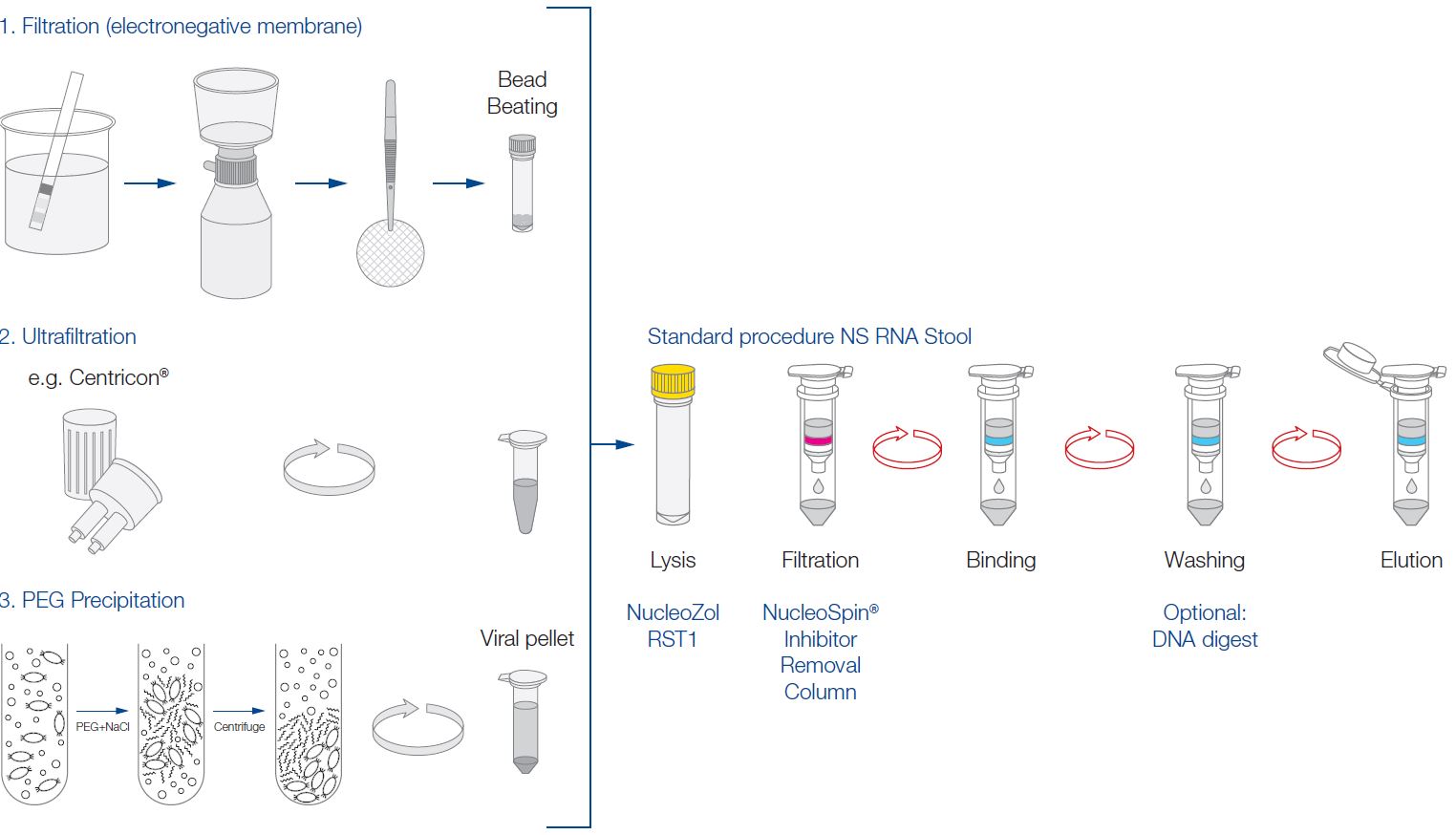
Let us deliver the latest news to you
We have created a low-volume (not-spammy) newsletter so that you can easily keep up with what's going on in the industry.

